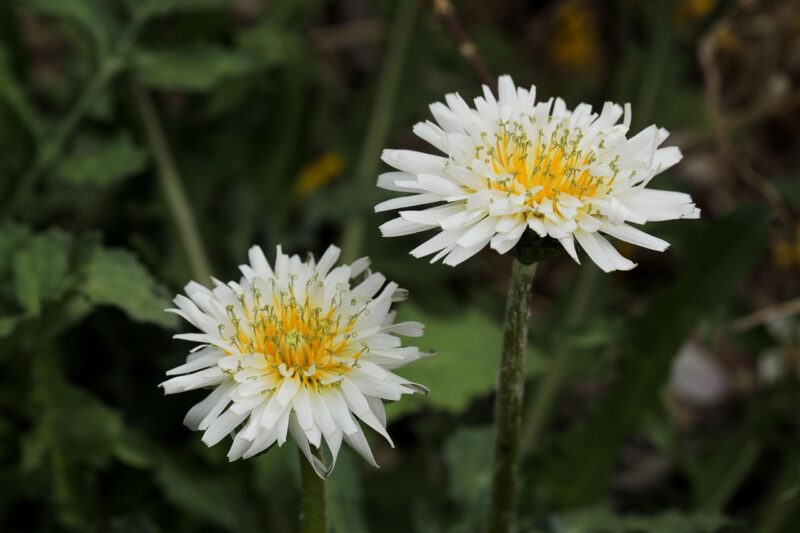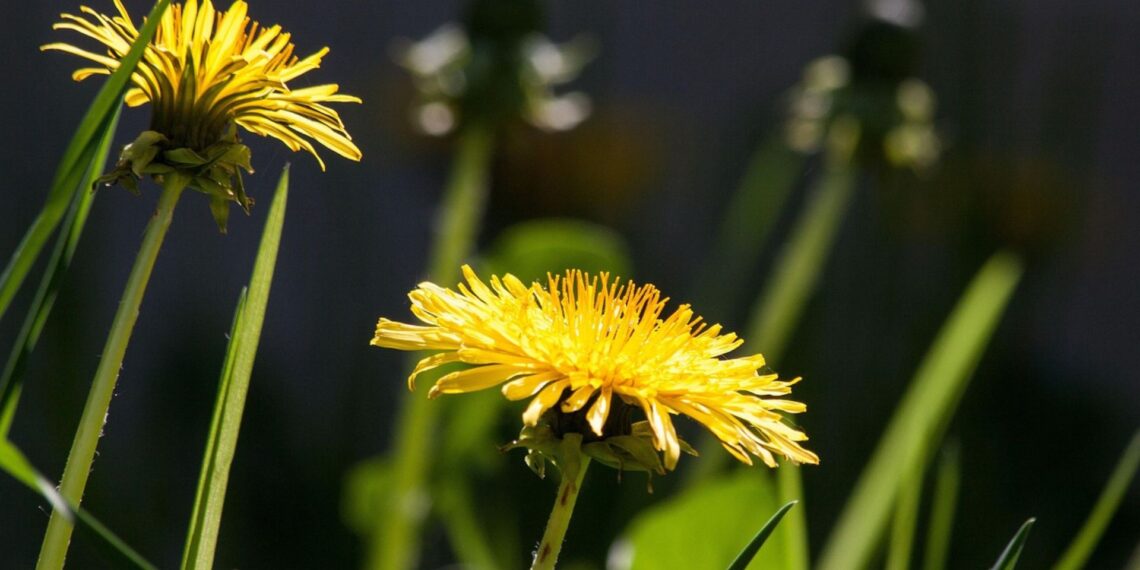Dandelion is often dismissed as a common weed, yet this wild plant boasts an impressive array of health benefits and has been used in natural medicine for centuries.
Some enjoy it as herbal tea, while others use it medicinally. Experts say dandelion supports the human body in many ways.
In South Africa, there are two main species of dandelion: Taraxacum officinale (common dandelion) and Hypochaeris radicata (false dandelion), according to Dr Asanda Sokombela, an assistant technician (horticulture unit) at the University of Fort Hare in the Eastern Cape.
Plantation management
Sokombela notes that the common dandelion is hardy, herbaceous, and native to Europe and Asia, while the false dandelion is toxic to livestock. Proper identification is therefore crucial for both human and animal safety.

If you want to cultivate the plant, she says, common dandelions flourish in cool to temperate climates with moist, well-drained soils.
They thrive in the Western Cape’s Mediterranean climate, Gauteng and the Highveld with summer rainfall and cold, dry winters, the misty and moist KwaZulu-Natal Midlands, and the Eastern Cape’s cool summers and cold winters.
They prefer full sun but can tolerate partial shade, and while mature plants are relatively drought-tolerant, moderate, consistent moisture is essential during germination and early growth.

The plant grows best in loose, fertile soil that is slightly acidic to neutral, with a pH range of 6.0 to 7.0. Loamy or sandy-loam soils enriched with compost or aged manure allow the long taproot to penetrate easily.
She emphasises that overly compacted or waterlogged soils should be avoided, as they may stunt growth or cause root rot.
“Dandelions are also resilient, tolerating light frosts and mild heat once established.”
Asanda Sokombela
Despite their hardiness, dandelions are vulnerable to pests such as aphids, caterpillars, and slugs, which can stunt growth, and to fungal diseases like powdery mildew in humid conditions.
📢 Stand Up, Be Seen, Be Counted
We want to provide you with the most valuable, relevant information possible. Please take a few minutes to complete this short, confidential survey about your farming practices and challenges. Your feedback helps us tailor our coverage to better support the future of agriculture across Mzansi.
They may also carry viruses such as tomato ringspot virus, which can spread to other crops.
Related stories
- Farming with saffron in South Africa: Here’s how you do it
- Pumla brings food to life with herbs and spice
- Moringa: Mzansi’s miracle tree takes root
Sokombela recommends integrated pest management strategies, including regular inspection, maintaining good airflow, and pruning overcrowded plants to ensure healthy and productive dandelions.
More than just a weed
Tshwane-based plant pathologist Sibongile Jiyane explains that dandelion grows almost everywhere and has long been valued for its ability to aid digestion, reduce bloating, and support liver health through gentle detoxifying properties.
“People often drink dandelion tea to flush excess water from the body and to help clear the skin,” she says.

“You can easily make it at home by drying the leaves or roots and steeping them in hot water, or even add fresh greens to salads, as they are rich in vitamins and minerals.”
All parts of the plant can be used medicinally, with the roots considered the most potent. Dandelion is rich in calcium, iron, vitamins A, B, C and D, protein, chlorine, and is among the best natural sources of potassium.
A business opportunity
Dandelion is not only valuable for health but also offers lucrative opportunities for farmers, says Babalwa Mpambani, an agronomist and scientific manager in horticulture research at the Dohne Agricultural Development Institute in the Eastern Cape.
She explains that the dandelion greens market is substantial, driven by demand for nutrient-rich leafy greens in salads, smoothies, and even pesto. “Global interest in dandelion products is expected to grow steadily, particularly as awareness of the plant’s health benefits rises.”
“Farmers can harvest and sell fresh dandelion greens to markets, restaurants, and health-food stores, where they are highly prized,” she says.

Leaves and roots can also be dried to produce teas, powdered extracts, or capsules for the herbal supplement market. Roasted dandelion root can be packaged as a caffeine-free coffee substitute, tapping into the growing market for alternative beverages.
Mpambani notes that while consumer interest in natural, health-promoting foods is driving demand, the market remains limited by low awareness of dandelion’s versatility and benefits. Educating consumers and creating value-added products can unlock significant opportunities for growers.
With proper care, identification, and sustainable cultivation, this once-overlooked weed can become a powerhouse herb in South African households and on farm tables, providing nourishment, natural remedies, and business opportunities for years to come, adds Mpambani.
READ NEXT: Medicinal plants conference highlights healing & profit potential
















